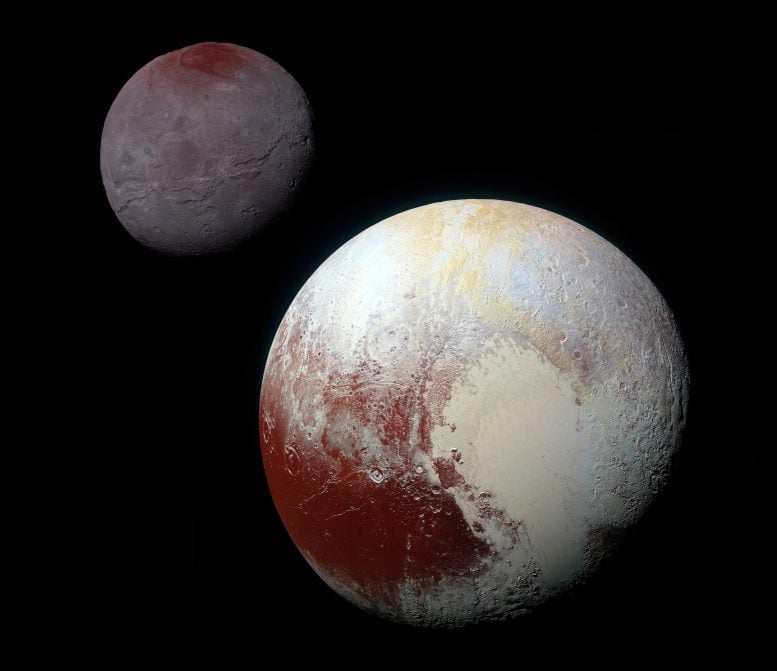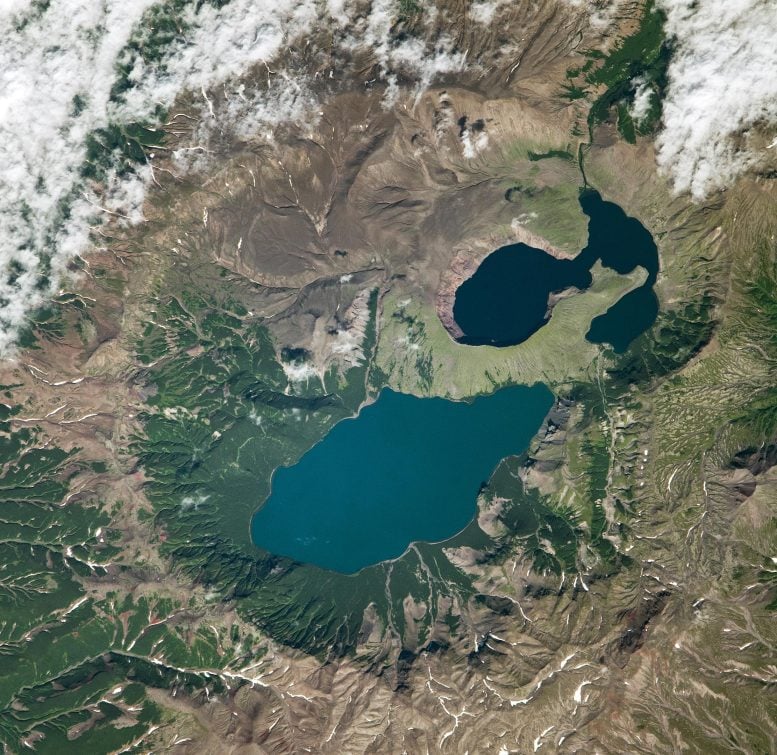
In a jaw-dropping find, astronomers have spotted a “newborn” exoplanet that could seriously boost what we know about how planets—including Earth—come to be. This exciting news, published in the well-respected journal Nature, introduces us to a planet that’s just three million years old. For comparison, if Earth were like a 50-year-old adult, this planet would be like a two-week-old baby. It’s giving us some rare clues about the very early stages of how planets form.
The story behind discovering the youngest transiting planet
The hunt for this young exoplanet was led by Madyson Barber, a passionate grad student from the University of North Carolina at Chapel Hill. Amazingly, this is her third time finding an exoplanet, and it’s celebrated as the youngest transiting planet discovered yet. The detection happened during what’s called a transit event—basically when a planet gets between its star and us here on Earth, causing tiny dips in starlight.
Barber’s work highlights just how important these kinds of discoveries are for astronomy. She shared her excitement saying, “This is definitely our biggest one because it’s the youngest transiting system.” Discoveries like this not only help us grasp planetary timelines better but also offer insights into how planets like ours might have come to be.
What makes IRAS 04125+2902 b tick?
The new kid on the cosmic block has been named IRAS 04125+2902 b, or simply TIDYE-1b. It circles around a star that’s set to become an orange dwarf and is chilling about 520 light-years away from Earth. It takes TIDYE-1b only about 8.8 days to orbit its star. When it comes to size, it’s somewhere between Earth and Neptune in mass but has a diameter roughly 11 times bigger than Earth, which is pretty huge considering its age.
Young planets like this are usually tough to spot because they’re often surrounded by protoplanetary disks—these hang around for five to ten million years before fading away. However, TIDYE-1b’s star system has some unique features: there’s an outer disk that’s misaligned and an inner disk that’s running out of material, making this discovery stand out.
What does this mean for understanding planetary formation?
This discovery shakes up what we thought we knew about how quickly planets can form—showing they might pop up within just three million years, much faster than Earth’s own timeline of 10 to 20 million years. As Andrew Mann put it simply, “We don’t really know how long it takes for planets to form,” highlighting that there’s still so much left to learn.
Not only does it show that planets can form fast, but it also adds crucial data about those early processes of development. Melinda Soares-Furtado pointed out its wider significance by saying, “We try to extrapolate from these other worlds how quickly planet formation might have taken hold in the early solar system.”
What’s next for finding more young exoplanets?
As scientists keep digging into young transiting systems like TIDYE-1b, there’s a big push to discover more examples so we can really nail down how planetary formation and evolution work. Madyson Barber emphasized this need: “Because we don’t have a ton of these young transiting systems that we know of, it’s really important that we look for more so that we can have a better picture…”
There’s huge potential ahead for discoveries that could totally change our understanding—not just of far-off worlds but also of our own solar system’s past and future evolution. By studying these cosmic newborns, researchers hope to unlock secrets about where we came from in the universe and maybe even guess where humanity might go next as we explore space.
Standing on the edge of new astronomical breakthroughs, this find reminds us both of the immense scale and close connections shared across galaxies—a testament to human curiosity and brilliance in uncovering mysteries beyond our little blue planet.
Got a reaction? Share your thoughts in the comments
Enjoyed this article? Subscribe to our free newsletter for engaging stories, exclusive content, and the latest news.








Leave a Comment